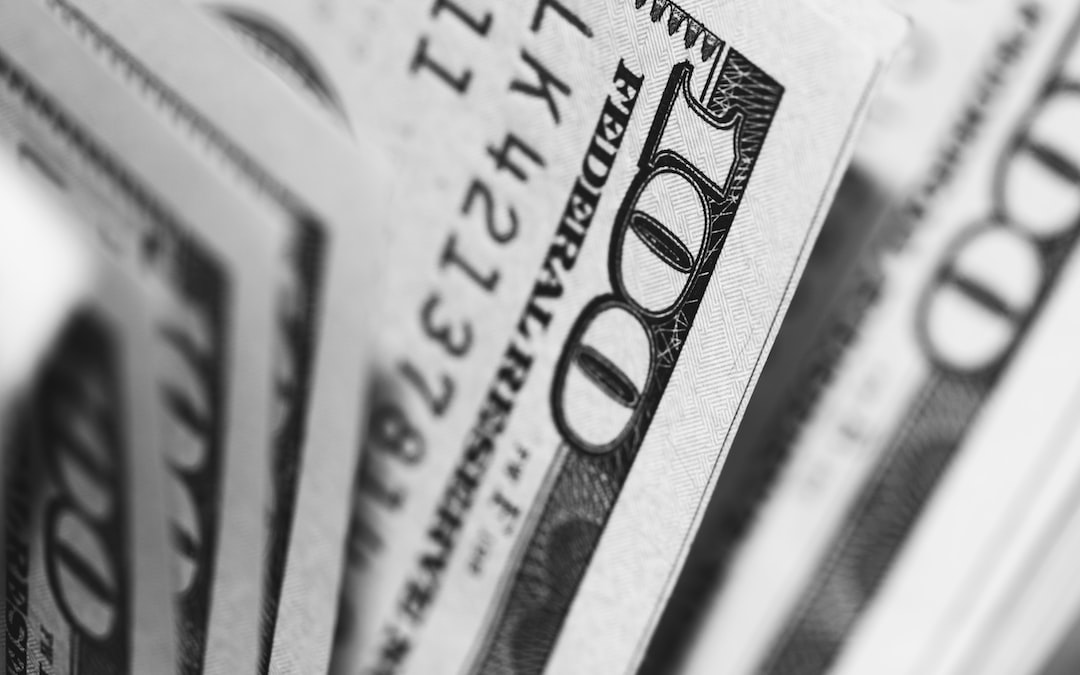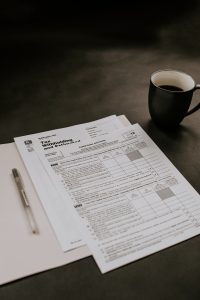Forex traders are always on the lookout for market movements that provide them with opportunities to make profits. One such phenomenon that often occurs in the forex market is price gaps. A price gap is a term used to describe the difference between the closing price of one trading session and the opening price of the next trading session. In other words, price gaps are the areas on a price chart where no trading activity has occurred. These gaps can occur for several reasons and understanding them can be critical for traders to make informed decisions.
Why do price gaps occur?
Price gaps can occur due to a variety of reasons, some of which are:
1. News events: Major news events such as central bank rate announcements, economic data releases, and geopolitical developments can cause price gaps. These events can cause a sudden influx of buying or selling pressure, which can result in a gap in price.
2. Weekend gaps: Forex markets are open 24/7, but trading activity is limited on weekends. This can result in price gaps when trading activity resumes on Monday.
3. Liquidity gaps: When there is low liquidity in the market, it can cause price gaps. This can happen during holidays or when there are few traders in the market.
4. Technical factors: Technical factors such as gaps in support or resistance levels can also cause price gaps.
Types of price gaps
There are three types of price gaps:
1. Common gaps: These gaps occur frequently and are typically small. They are a result of regular market fluctuations and are not considered significant.
2. Breakaway gaps: These gaps occur at the beginning of a trend and are usually large in size. They indicate a significant shift in market sentiment and can be an early indication of a new trend.
3. Runaway gaps: These gaps occur in the middle of a trend and are also large in size. They indicate that the trend is likely to continue and can provide traders with an opportunity to enter or add to their positions.
How to trade price gaps
Traders can use price gaps to their advantage by following a few simple strategies:
1. Gap trading: Traders can trade the gap by taking positions in the direction of the gap. For example, if there is a bullish gap, traders can buy the currency pair and if there is a bearish gap, traders can sell the currency pair.
2. Gap filling: Traders can also trade the gap filling by taking positions in the opposite direction of the gap. For example, if there is a bullish gap, traders can sell the currency pair and if there is a bearish gap, traders can buy the currency pair.
3. Wait and watch: Traders can also wait and watch for the market to settle down after a price gap before making any trading decisions. This strategy can help traders avoid false signals and minimize risks.
Conclusion
Price gaps are a common phenomenon in the forex market and can provide traders with opportunities to make profits. However, traders must understand the different types of gaps and the reasons behind their occurrence to make informed trading decisions. Traders must also use appropriate risk management strategies to minimize their exposure to market risks. With the right approach, traders can use price gaps to their advantage and achieve their trading goals.






